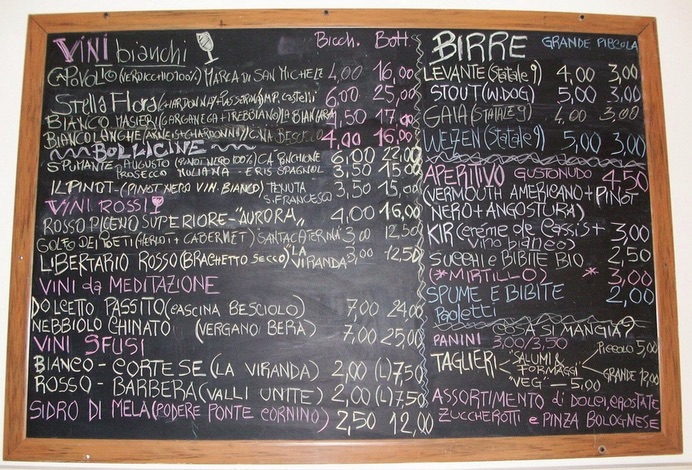- Read offline
- Access all content
- Build a list of your own favourites
- Search the contents with full-text search functionality
- ... and more!
Wine words
Know your vino

abbinare: to pair a wine or other ingredient with a dish; abbinato or abbinata is 'paired'
abbocato: very slightly sweet
acciaio (inossidabile): (stainless) steel
alcool, alcolico: alcohol, alcoholic
amabile: moderately sweet
ambra: amber
anidride carbonica: carbon dioxide
anidride solforosa: sulfur dioxide
annata: vintage
asciutto: very dry
azienda agricola: wine estate that grows grapes and produces its own wine
azienda vinicola: a wine company that buys most of its grapes from growers
barile: small wine barrel
Image by Revol

